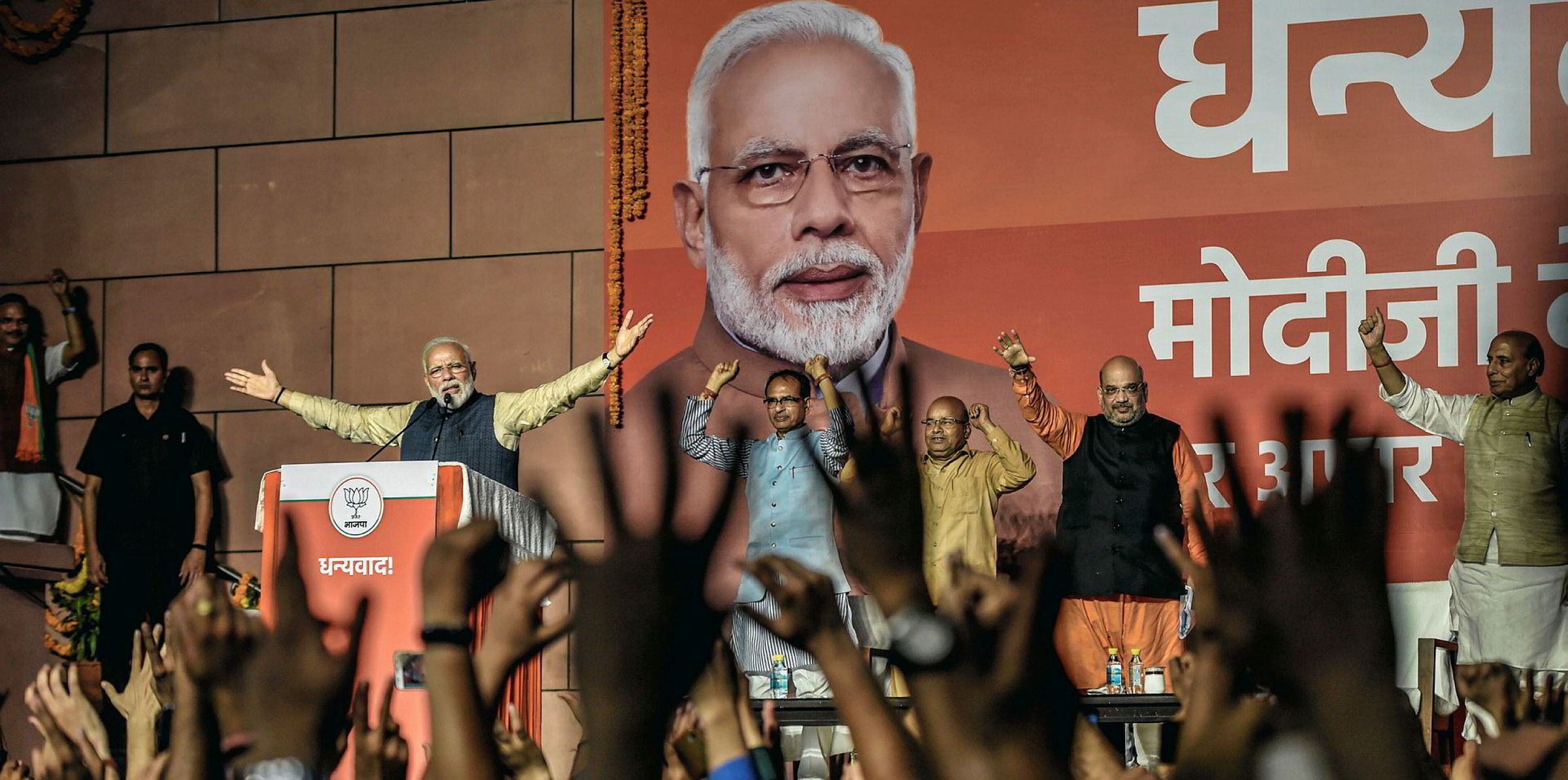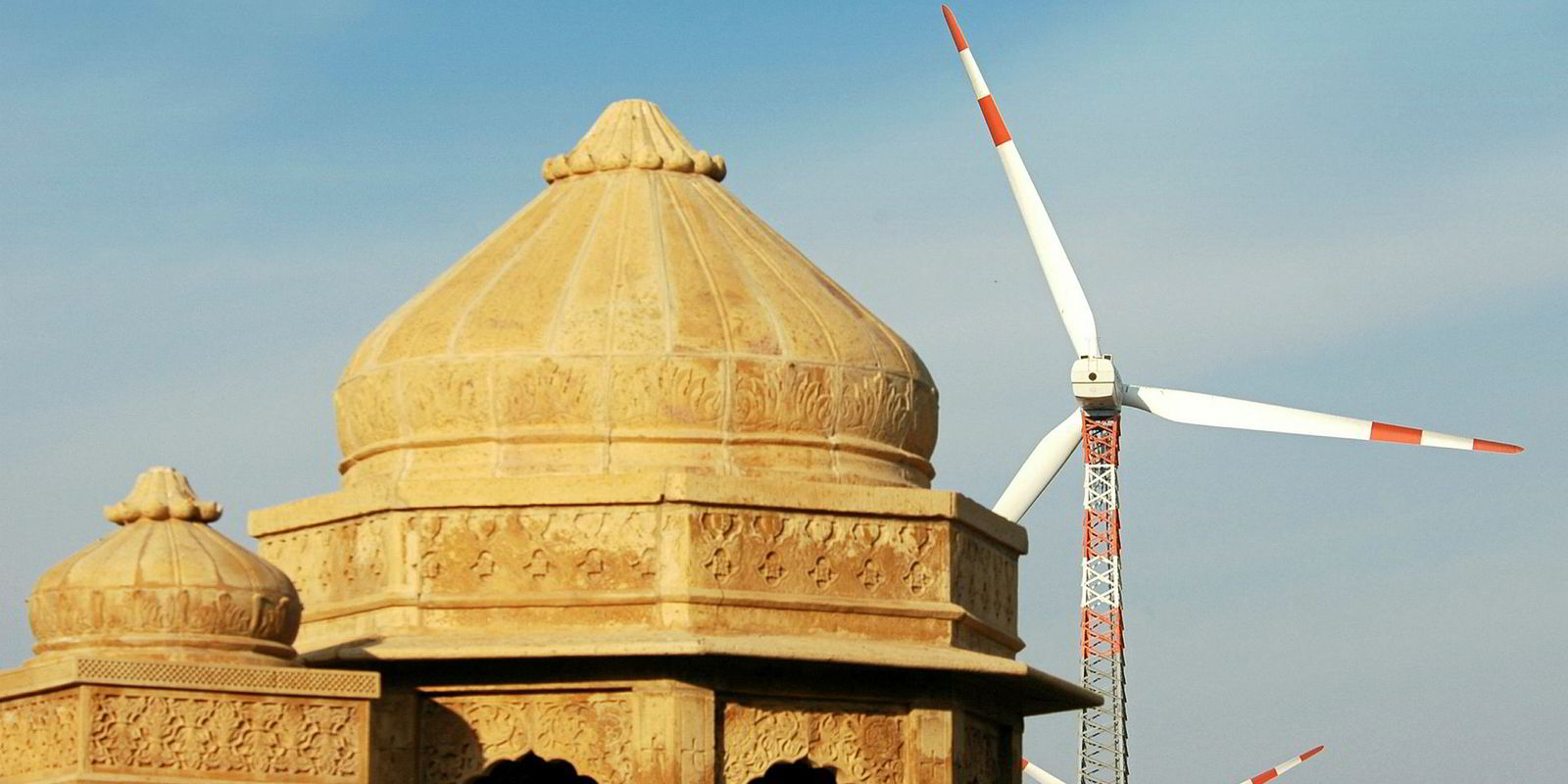Renewable energy will benefit from policy continuity – and hopefully a renewed focus on execution – after India’s Prime Minister Narendra Modi swept back to power after a convincing victory in the world’s largest democratic election, analysts told Recharge.
Modi’s BJP was on course for an outright majority in the Indian Parliament after taking a larger share of the vote than in 2014.
Modi’s last government pursued some of the world's most ambitious renewable energy goals, with an official target of 175GW, and aspiration for 225GW to be installed by 2022. That includes at least 60GW of wind power, up from about 35GW now.
That ambition is underpinned by massive tender rounds in both onshore wind and PV – and an ambition to expand that to offshore wind.
However, the execution of India’s renewables policies has been patchy – for example, tenders have sometimes been heavily undersubscribed and serious questions have been raised over grid expansion.
Analysts said the wind and solar sector would now wait to see if any specific new policies emerge from another Modi administration.
“The election outcome is positive for the sector. For both solar and wind, this means continuity in policy which would be installing 225GW of renewable energy capacity by 2022,” Ashish Nainan, an analyst at CARE Ratings, told Recharge.
“For wind, the government would now possibly focus on working out policies towards land acquisition. This has been the single biggest problem ailing the sector. Land reforms would be vital, not only for the renewable sector, but for infrastructure development as a whole,” Nainan said.
Vinay Rustagi, managing director of consultancy Bridge to India, told Recharge there is likely to be “no major changes in government stance on the sector”, with any switches to the ministerial line-up one factor to watch as Modi forms his new government.
India was already being tipped as one of the global 'outperformers' in wind power before Modi's re-election.
“In India, we expect the government's drive to increase renewables capacity and efforts to reduce hurdles relating to land acquisition and grid connectivity to result in a total of 50GW of wind power capacity to be added over our 10-year forecast period,” Fitch Solutions said in a research note on the outlook to 2028 published earlier in May.



